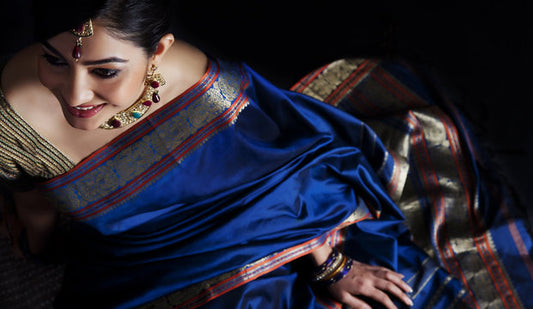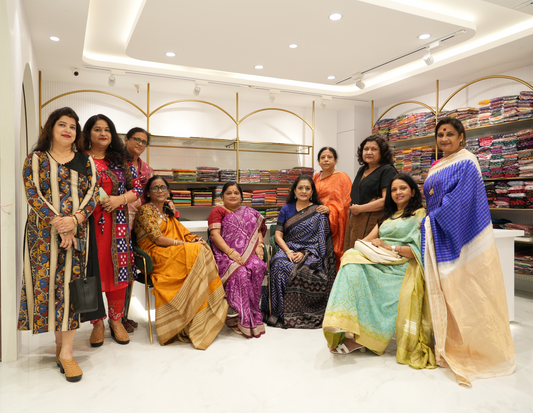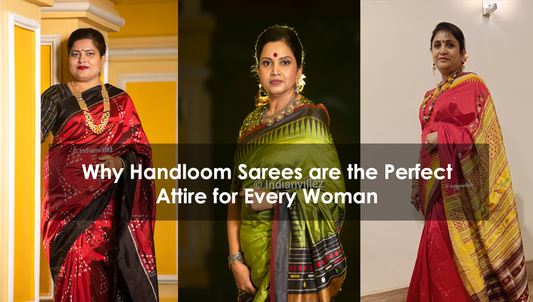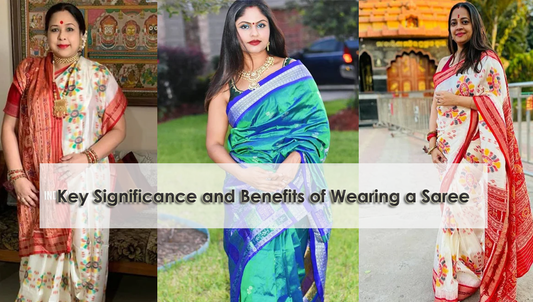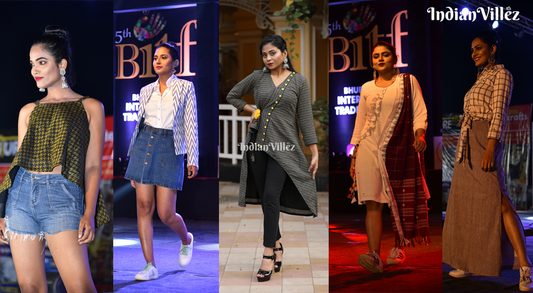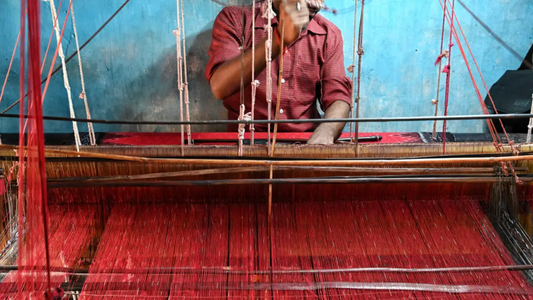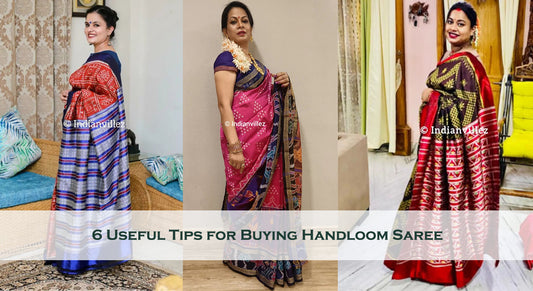India is known worldwide for its religious & ethnic diversity. There are varied culture and traditions in India spread across all its regions in the forms of different art. These forms of art are known as folk art, as they are indigenous to the region. There are several forms of folk art such as Tanjore art, Nirmal paintings, Dhokra art to name a few.

Dhokra/Dokra is a non-ferrous metal casting using lost wax casting technique.
This form of lost wax casting dates back over 4000 years to the Indus Valley Civilisation & Mohenjo-Daro days. Dhokra is basically a tribal art form done by the metal smiths of the Dhokra Damar tribe who were nomads and moved to different places. They extend from West Bengal, Odisha, Jharkhand, Chhatisgarh in east & central India to Kerala in south India & Rajasthan in North India. Though the Dhokra tribes have common ancestral background they differ from each other based on the region they come from.
The Dhokra art form has a very strong presence in Odisha. It is mainly found in Gatiguda & Jhigdi in Rayagada district, Kankeri in Kalahandi district, Sadeibareni in Dhenkanal district, Kuliana in Mayurbhanj district. They mostly belong to the Sithulia sub -caste.
The lost wax technique is used to make beautiful designs of lamps, tribal jewelry, figures of Gods & Goddess. Present - day artisans of this craft have become more innovative and have shifted from only traditional forms to more contemporary items like doorknob, ashtray, candle- holder, pen stand, jewelry box. The raw material used in the making of Dhokra crafts is brass, beeswax, clay, rice husk, cow dung, firewood/charcoal.
The designs are mostly inspired by the tribal culture.
- Dhokra Jewellary: Were traditionally worn by the tribal women. But the creative designs made by the contemporary artists are an amalgamation of the old and new.
- Dhokra painting : These paintings are perfect for home décor. They have a traditional and rustic look.
- Dhokra Craft Home Decor : The figurines of Gods and Goddess and utensils were traditionally used by the tribes for religious and utility purpose. These make great souvenirs for home and gifts items .
Dhokra Making Process:
The process of Dhokra art making begins with collection of clay by the artisans. Which is then mixed with rice paddy husk/khuda in the local language to make a dough. This acts as a binding agent for the clay core which is roughly the shape of the final cast image. Once done it is left to dry under the sun.
The second step involves the mixing of the bee’s wax with the Damar (gum/resin ) from the tree ‘Damara Orientallis’ and nut oil to make a mixture. This is then place inside a mould. When the mould is pressed the wax, mixture comes out in the form of long strands/spiral . These strands are then used as coils around the Dhokra figurines which gives them the unique characteristic feature. The wax is then given shape & finer details like the design and decoration are carved on the wax.
Subsequently, the wax is covered with several layer of red clay and rice paddy husk which acts an outer coat.
Thenceforth, the brass scrap is placed inside the mould. Which is later heated in the furnace. During this process the metal melts. The wax also melts and flows out through multiple outlets that are left in the frame . Hence, the name lost wax. After that it is again left to dry under the sun. Once dried the metal takes the form of the frame.
Finally, the frame is broken, and final touches are given.

Artisan Story
Sadeibareni is a small village located in Dhenkanal district, which is around 70 – 75 kms from Bhubaneswar. It is located near the Saptasarjya Hills.
There are only few artisans who live in thatched houses & still continue doing the age-old craft. This form of art is passed on within the family from generations. The life of the artisans and their families depends on the craft as this is their only/sole source of income. The entire family starting from kids to elderly are involved in some or the other form in the making of the craft.
While walking down the muddy road of the village, one can observe that all families are involved in the craft, which gives a feel of the medieval era. These artisans are highly skilled in the craft and have travelled worldwide giving training and many have bagged prestigious awards.
Dusashan Behera is one of such skilled Dhokra artist, who is keeping this art form alive through his skill and hardship. As per him, it takes around five days to finish a product, as it is a very intricate and complex process. Every single piece needs to be done very precisely in order to maintain the quality. During the process of molding many a times there is damage in the product and they suffer from loss.
However, taking into consideration , the hardship, effort, precision, time & skill that goes into this art form, it doesn’t always reward the artisans and many a times the artisans don’t get enough to take care of their family. Hence, the younger generations are losing interest and motivation to continue doing this age-old craft. They feel that this art form is not a financially lucrative vocation for them. Hence, several members have migrated to urban areas in search of other jobs .
Though companies like Vedanta, Nabard, Tata Trust to name a few are making efforts to revive and preserve this form of art by setting up training centres for the artisans and helping them earn their livelihood, a lot more needs to be done before this ancient art form dies down and becomes a part of history.


